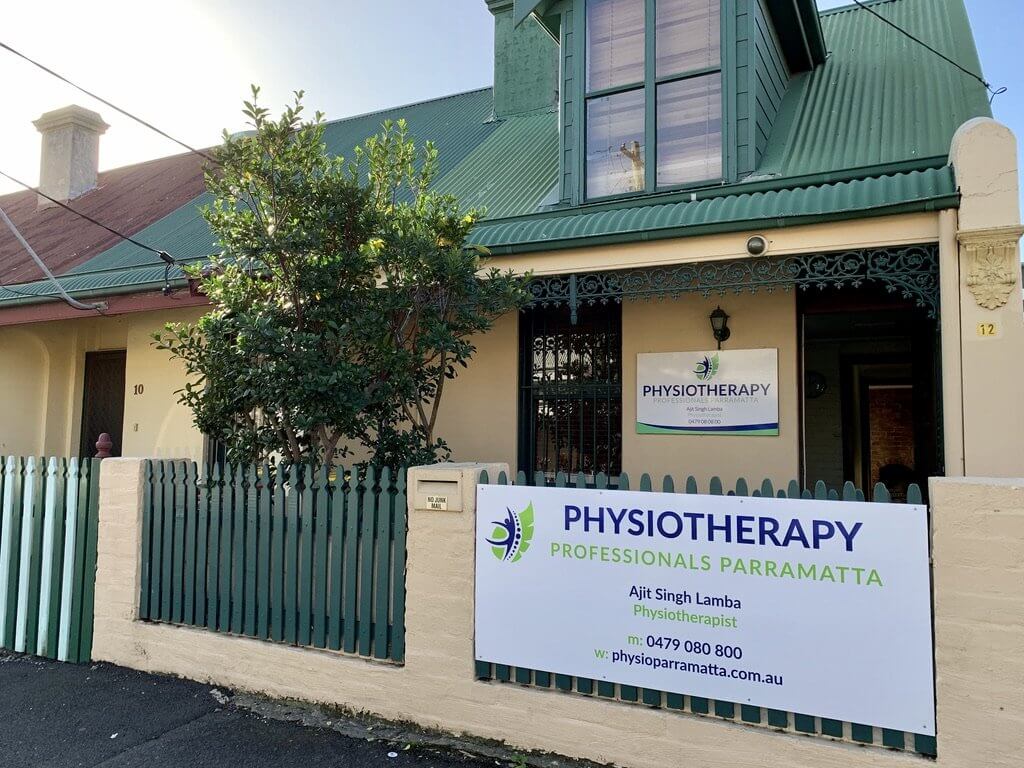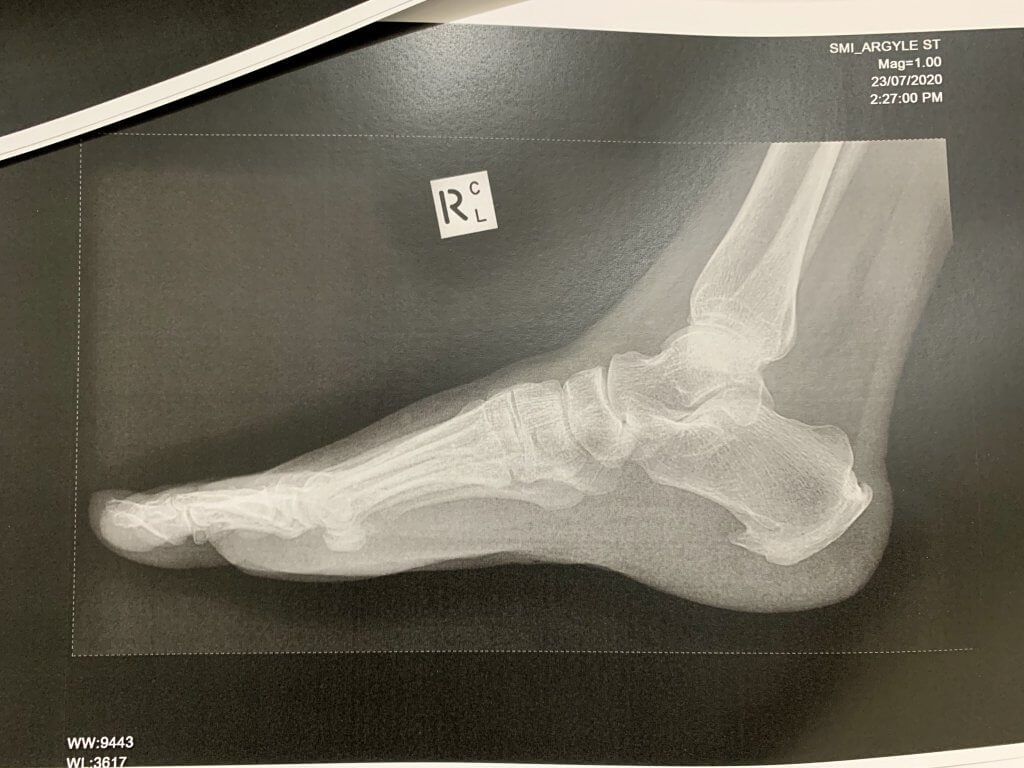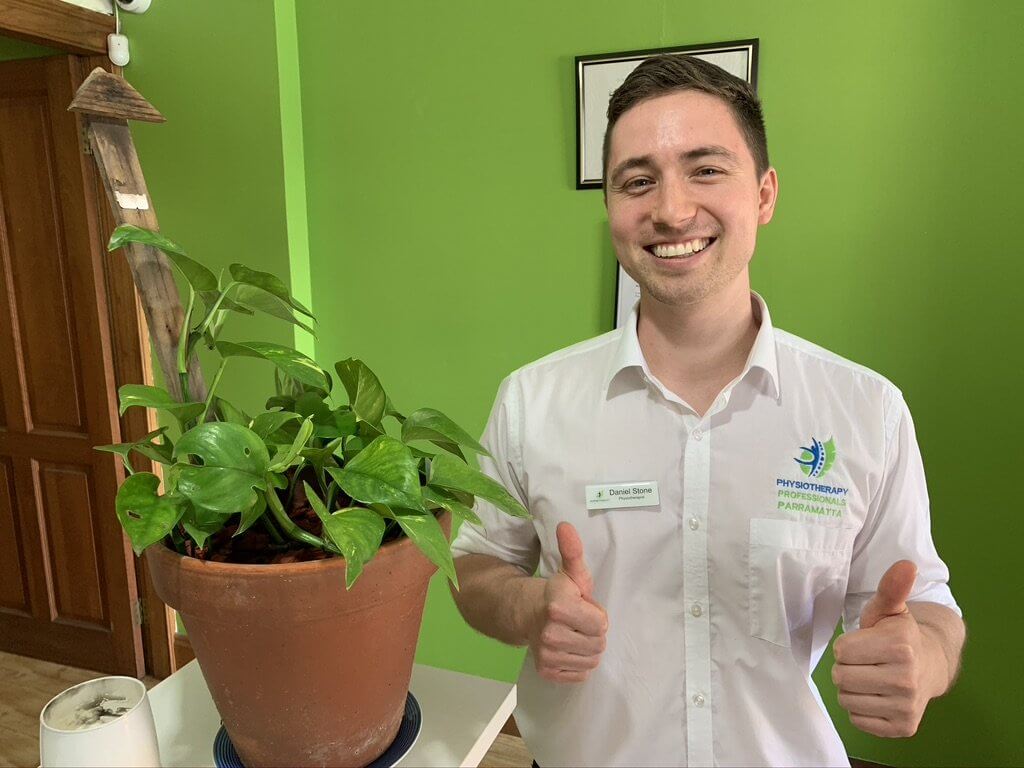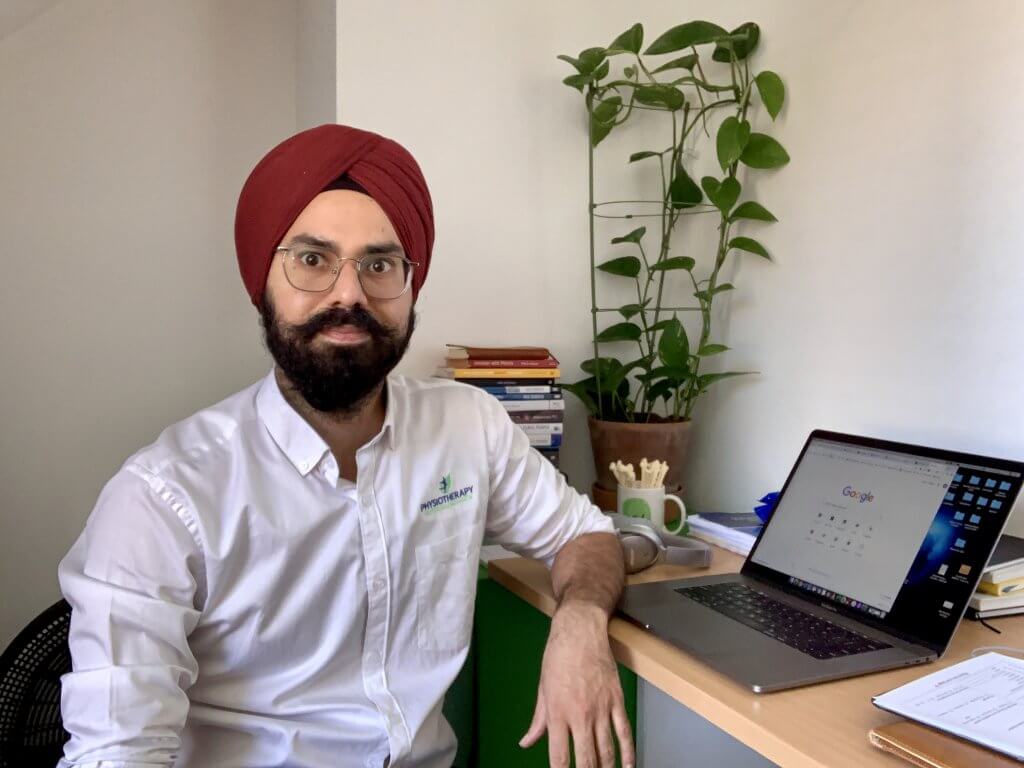Orthopaedic Physiotherapy Treatment Parramatta

Orthopaedic Physiotherapy
Pre and post operative rehabilitation of joints such as hip, shoulder and knee.
Having a structured treatment plan will guide you in your process of recovery.

Shoulder and upper limb injuries
Improving how you hold your core posture, your shoulder position and the timing of muscle activation will help your shoulder move better with less pain. Shoulder impingement and bursitis require specific movement retraining to reduce the likelihood of progression to rotator cuff disease.
- Upper limb conditions treated include –
- Shoulder impingement, bursitis and rotator cuff injuries
- Tennis and golfers elbow
- Wrist sprains
- Fractures to wrist, elbow, arm and shoulder blade
Ligament and tendon injuries
Ligaments are connective tissue joining bone to bone, overloading the ligament can cause ligament sprains.
- Knee ligament sprains require a diagnosis, as knee bracing may improve recovery.
- Ankle sprains: treated with with taping, joint mobilising, strength and balance exercises.
Tendons join muscle to their bony attachment, and tendon strains can occur with repeated loading. Deloading the tendon will assist recovery and then gradual strengthening is required for conditions such as gluteal tendonopathy, patella tendonopathy or achilles tendonopathy.
Feet, ankle and and heel pain
Our physiotherapists assess how you stand and walk. Your feet may be the cause of other issues in your body. We treat conditions of the feet with joint mobilisation, soft tissue massage, dry needling, taping, foot exercises and mouldable orthotics. We will liase or refer you to your podiatrist if required.
- Heel pain
- Plantar fasicitis
- Foot and toe arthritis
- Flat feet
Orthopaedic physiotherapy treatment
Physiotherapy treatment for orthopaedic conditions may include:
- Manual therapy to improve joint movement.
- Massage including scar management.
- Hydrotherapy to assist movement, strengthening and walking.
- Taping to improve muscle function and ease pain.
- Electrotherapy including TENS for pain relief and to reduce swelling.
- Dry needling to ease pain and assist healing with increased blood flow.
Orthopaedic post surgery management
Post operative recovery from orthopaedic surgery may include treatment in the rooms, in the pool for hydrotherapy or your local gym.
- Exercise rehabilitation with graded exercises to help you recover faster.
- Gait retraining so you walk in the best way, will help you get the best from your surgery.
- Gym review so you can exercise safely and effectively. Home or gym programs available.
- Home visits may be required following initial post operative recovery phase or if mobility is limited.
Children and teens
Children and teens with muscle, ligament or tendon injury respond well to modification to activity levels in the short term. Effective assessment will establish if the condition requires further treatment or investigation.
Hypermobility conditions may require more structured strengthening and management to prevent joint dislocations. The knee is the most likely joint for injury if you have underlying joint hypermobility. You can learn how to avoid injury with hamstring strengthening and joint awareness exercises.


